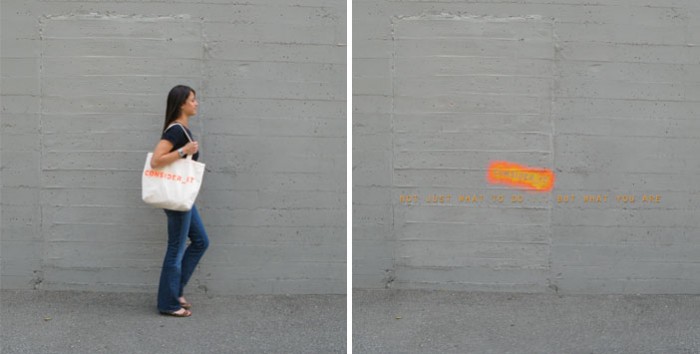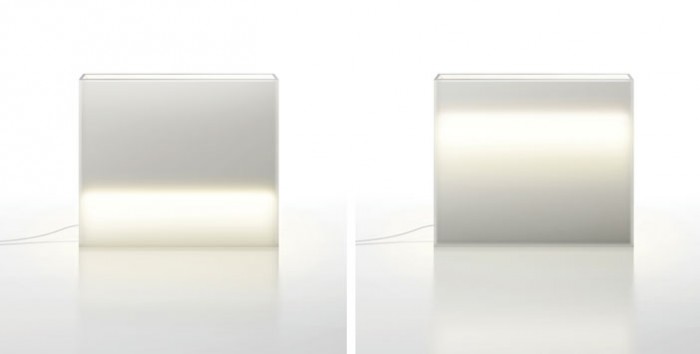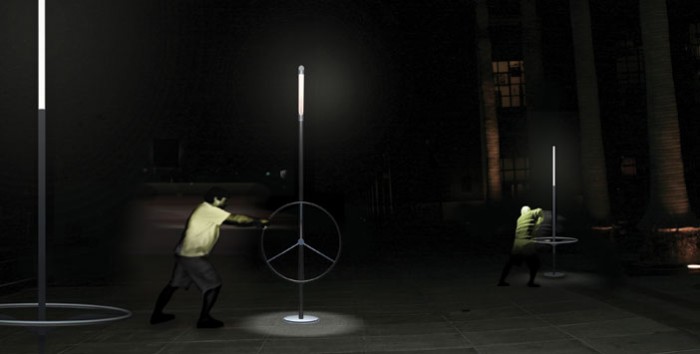The designers at global design consultancy IDEO believe it’s time to take a different approach to tackling the pressing issue of global warming. After submitting a call for ideas to designers and creatives around the world, IDEO gathered a number of human-centred, design-based concepts. The 13 most impressive and innovative ideas are the basis of IDEO’s series Designs on Global Warming.
At the core of the initiative is a flexible forum that drives exploration, iterative thinking, early prototyping, and sharing, minus boundaries or constraints, says Tim Brown, president and CEO of IDEO.
IDEO, in an attempt to drive thinking and discussion around design issues of every stripe and kind, publishes a semi-annual review called Designs On—, part personal perspective, part collective manifesto. It addresses tricky, vexing issues of the day ranging from global warming to time, food, and birth.
Here are the proposed interventions for global warming, which range from street lights powered by a hand crank, to greener graveyards, to a handwritten note imploring designers to reconsider creating a product that feeds our consumer impulses.



















